Answered step by step
Verified Expert Solution
Question
1 Approved Answer
ffVoltage Across Capacitor Trial 2 0 y = -106.21x - 0.045 0 0.005 0.01 0.015 0.02 0.025 0.03 0.035 -0.5 -1 -1.5 ............................................................................es...... -2 -2.5
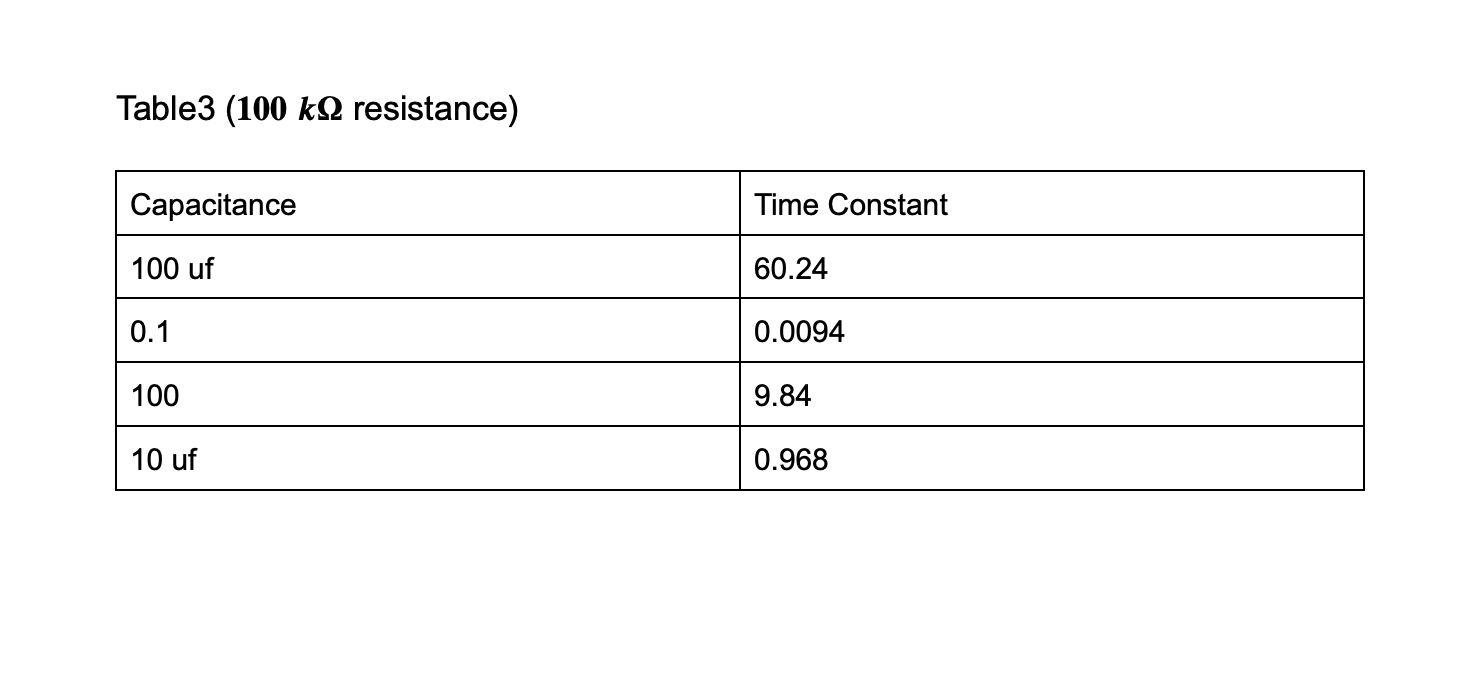
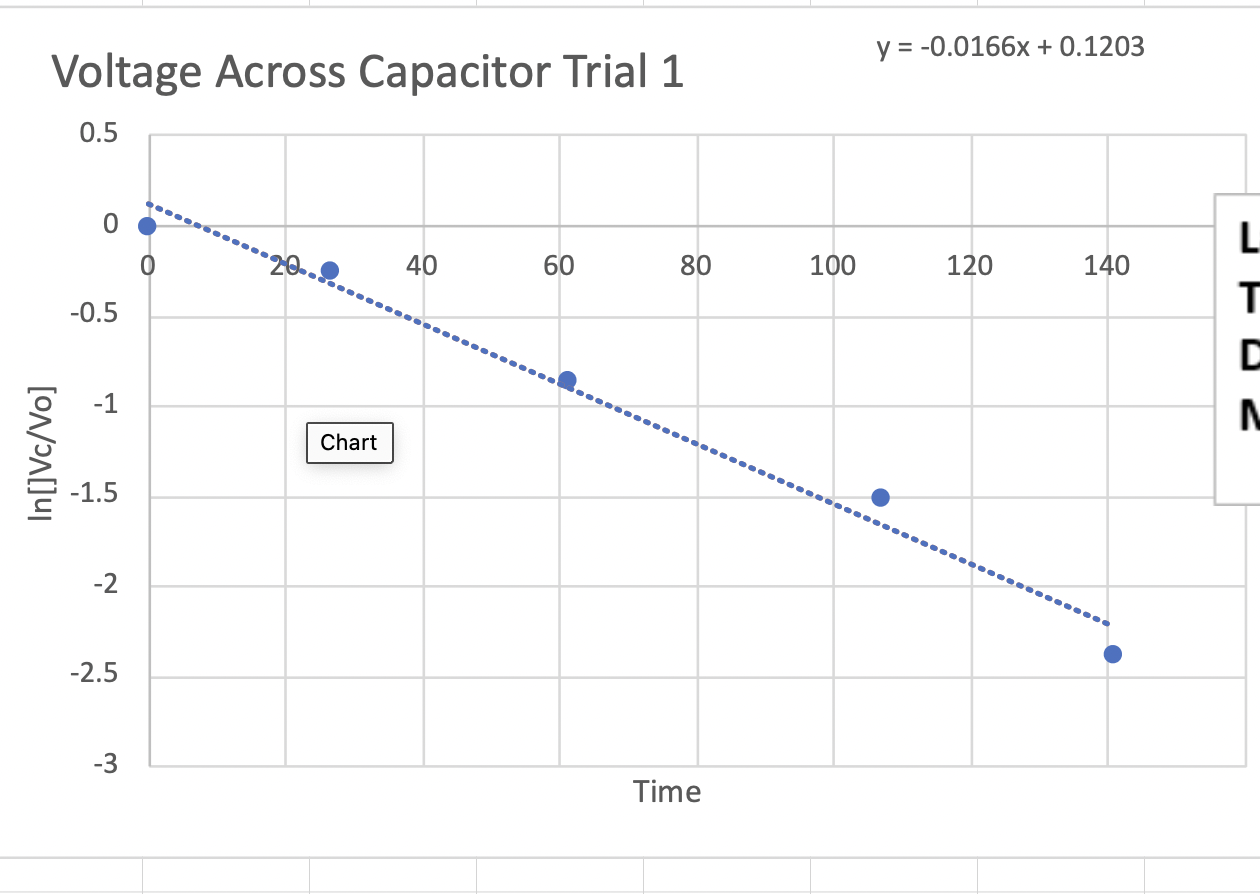
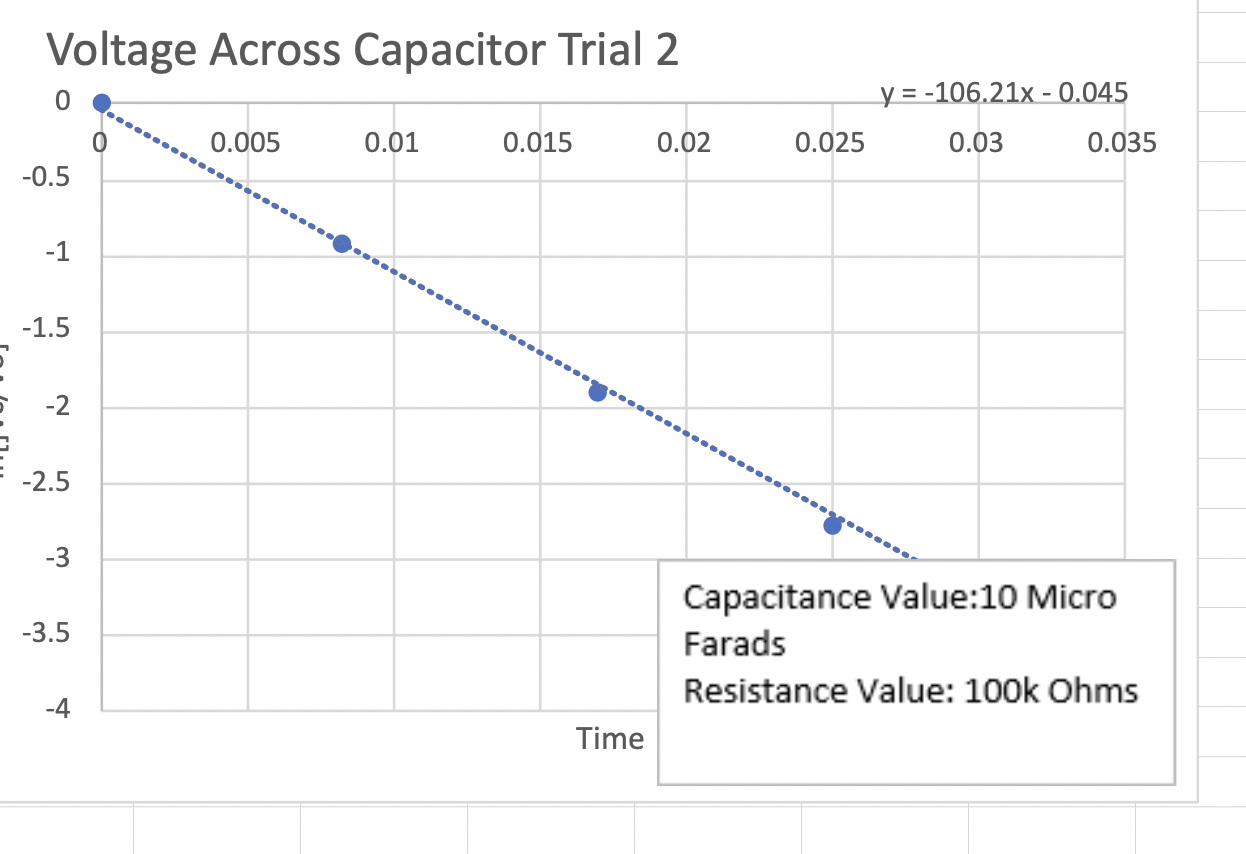
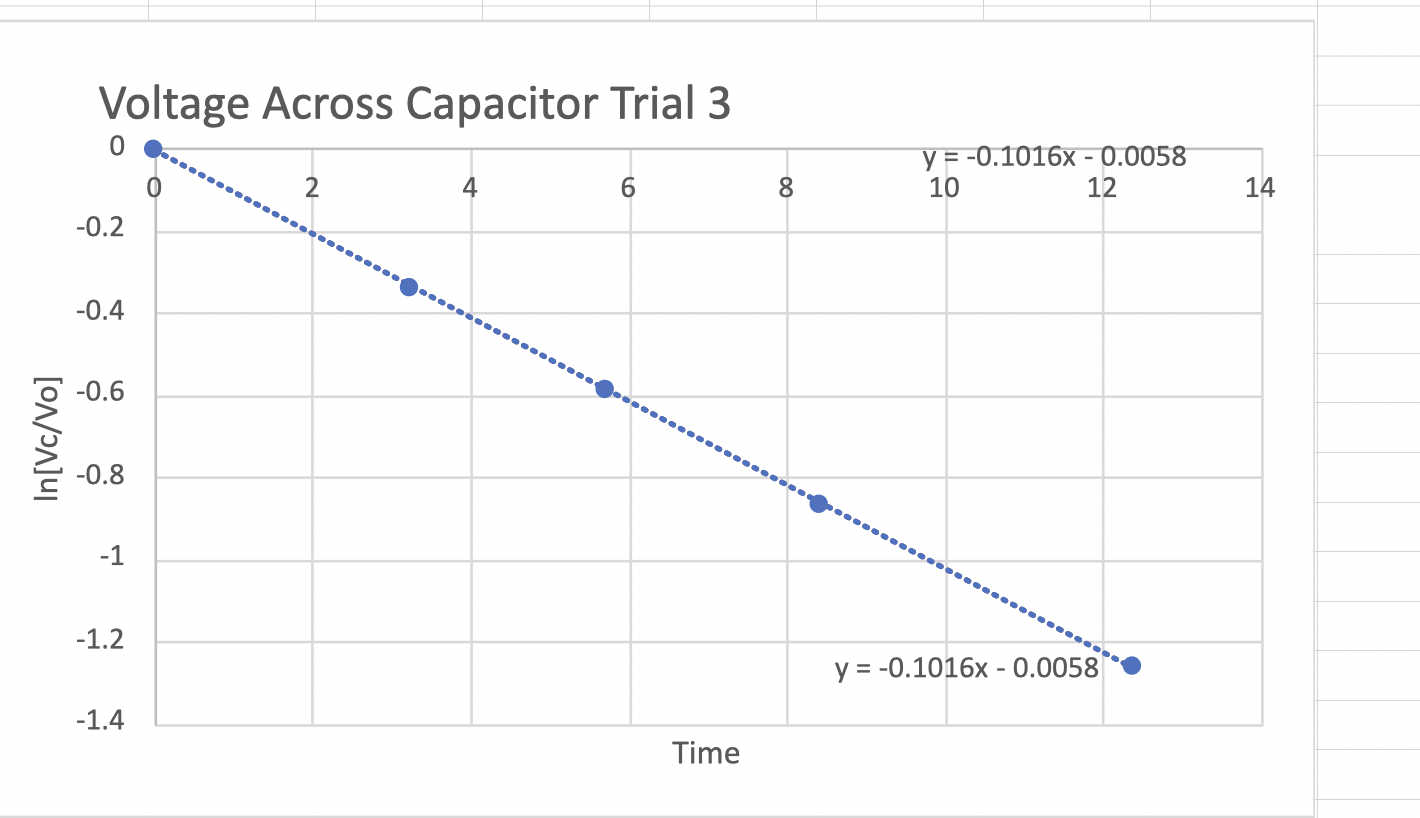
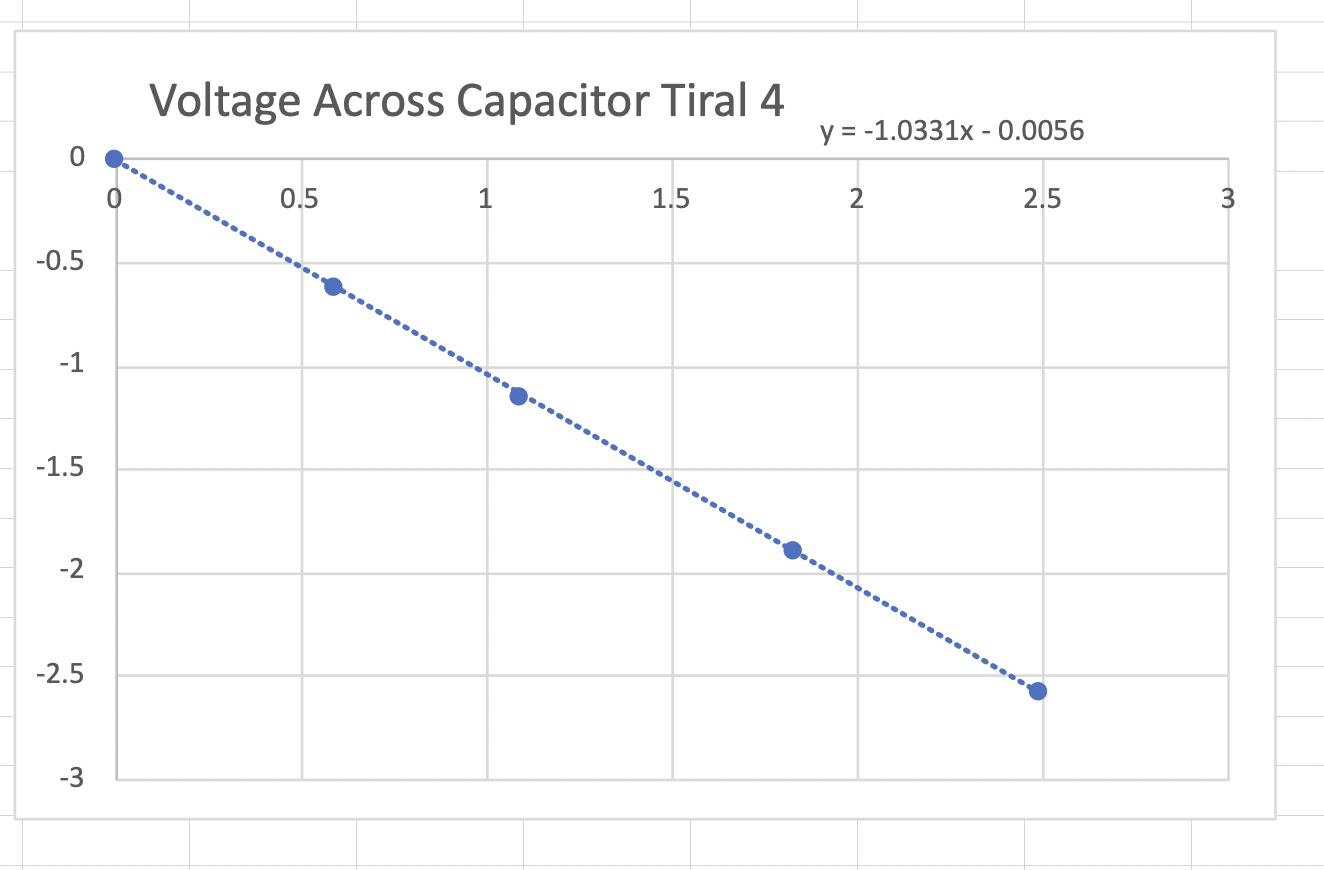


Step by Step Solution
There are 3 Steps involved in it
Step: 1

Get Instant Access to Expert-Tailored Solutions
See step-by-step solutions with expert insights and AI powered tools for academic success
Step: 2

Step: 3

Ace Your Homework with AI
Get the answers you need in no time with our AI-driven, step-by-step assistance
Get Started


